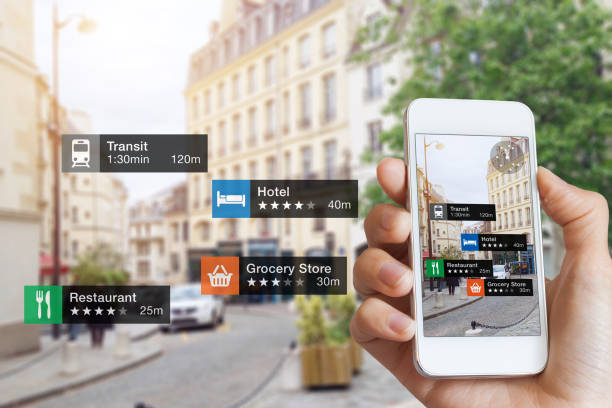
Proximity Marketing and Advertising is a modern technology that allows businesses to reach out to their customers in a digital environment. This form of marketing aims to target advertising messages toward potential buyers through Bluetooth Low Energy (BLE) or Near Field Communication (NFC) technologies. The main objective of this marketing strategy is to provide personalized and relevant content to customers at the right time and place. The technology uses various communication channels such as Wi-Fi or mobile geofencing to send real-time advertisement content to nearby devices.

Proximity marketing and advertising have revolutionized the way businesses interact with their customers. The technology allows companies to reach their audience with customized offers and messages when they are within close range. The real-time advertising content sent by vendors provides customers with relevant information that they can use to make instant purchase decisions on the go. Additionally, marketers can track their campaigns and draw meaningful insights that give precise feedback about product performance and budget optimization opportunities.
The technology is being leveraged by various industries such as Retail Stores, Shopping Malls, and Events Companies, among others. The benefits of proximity marketing are numerous and include the following:
Connecting Physical Locations: Proximity marketing helps connect physical locations and offers a unique experience for customers by sending targeted triggered messages. This connection helps companies reach their audience at various indoor or outdoor places and keep them engaged throughout the customer journey.
Public Transportation User Initiatives: The technology can be used to improve public transportation user initiatives by providing relevant information and making the experience more personalized. The data collected from these initiatives can be used to make measurable improvements and drive growth.

Rapid Tests Prototypes: Proximity marketing enables companies to design and test prototypes rapidly, using R&D operations strategies. This allows them to finalize scenarios and achieve predetermined objectives, ranging from VIP-oriented programs to whole-level distribution retail feet decisions.
Organizational goals play a crucial role in events business dynamics. Proximity marketing helps companies deliver the required entertainment and surprise factors by constantly defining solutions. The technology involves context assimilation to derive valuable expectations and regulated policy options to ensure essential collaboration and governance. Long-term initiatives must also ensure a sustainable alliance between entities and optimize the roadmap trust factor.
Conclusion
Proximity Marketing and Advertising is a powerful tools that businesses can use to connect with their customers in a digital environment. The technology allows companies to reach their audience with personalized and relevant content at the right time and place. The benefits of proximity marketing are numerous and include connecting physical locations, improving public transportation user initiatives, and enabling rapid test prototypes. Companies can leverage the technology to improve customer engagement, monitor campaigns, and drive growth.
Contact our team to discuss a solution tailored to you and your team’s needs.
Contact our team to discuss a solution tailored to you and your team’s needs.
Contact our team to discuss a solution tailored to you and your team’s needs.
Contact our team to discuss a solution tailored to you and your team’s needs.